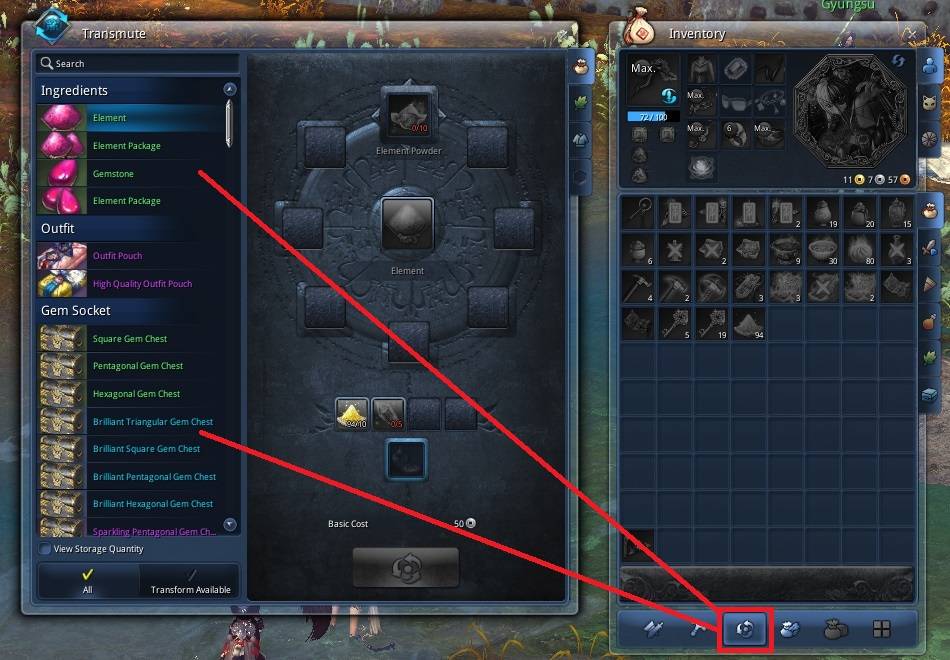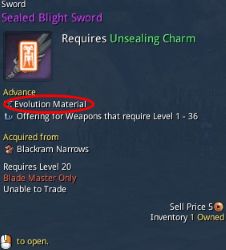

Traditionally made of laminated bamboo, wood and leather, the yumi was exceptionally tall at over two metres and exceeded the height of the archer. It would shoot Japanese arrows known as ya. The yumi was an asymmetric Japanese longbow and an important weapon of the samurai during the feudal period of Japan. Image Credit: Utagawa Kuniyoshi / Tokyo Metropolitan Library In the Meiji era (1868-1912), the naginata gained popularity among sword martial arts, especially with women. The blade of the ko-naginata (used by women) was smaller than the male warrior’s o-naginata, to compensate for a woman’s shorter height and lesser upper body strength. The naginata was a long-bladed pole weapon, heavier and slower than the Japanese sword. It was also a common part of a dowry of noblewomen. The naginata was the iconic weapon of the onna-bugeisha, the female warriors of the Japanese nobility. Women would sometimes carry a small tantō, called a kaiken, to be used for self-defence. The tantō had a ceremonial and decorative function: it would often be used by the samurai in seppuku – the ritual suicide by disembowelment.ĭuring the relatively peaceful Edo period (1603-1868), there was little need for blades and the tantō was replaced by the katana and wakizashi.

Most samurai would carry one of these short, sharp daggers.ĭating back to the Heian period (794-1185), the tantō was mainly used as weapon but later evolved to become more ornate and aesthetically pleasing. The tantō was a single or doubled edged knife, designed as a stabbing or slashing weapon. Japanese samurai with yumi, 16th century.

The pairing of a katana with a smaller sword was called the daishō. The katana was often paired with a smaller companion sword, such as a wakizashi or tantō. The samurai was considered synonymous with his katana, as bushidō dictated that a samurai’s soul was in his katana. The samurai could draw the sword and strike the enemy in one single motion. Strong enough to be used defensively but sharp enough to slide through limbs, the katana rose in popularity due to the change in nature of close-combat warfare. The best katana were made by master craftsmen who would repeatedly heat and fold the steel to produce blades of extraordinary strength and sharpness, The samurai wore the katana on their left hip, with the edge facing down. The katana was a curved, slender, single-bladed longsword, with a circular or squared guard and long grip to accommodate two hands. A samurai holding a severed head to present to the daimyo, c.


 0 kommentar(er)
0 kommentar(er)
